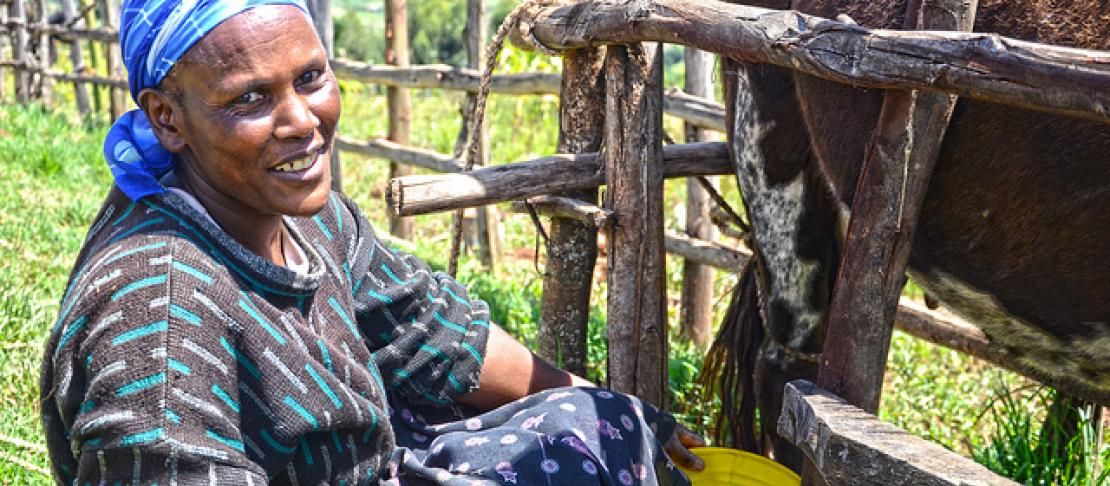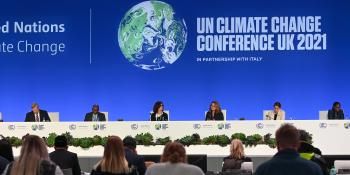Reducing emissions from Kenya's dairy sector

Key stakeholders meet to initiate the development of Nationally Appropriate Mitigation Actions for Kenya's dairy industry.
Story originally published on the World Agroforestry Centre (ICRAF) blog.
Kenya is moving ahead with the development of Nationally Appropriate Mitigation Actions (NAMAs) for its dairy sector With the support of a number of partners, led by scientists at the World Agroforestry Centre (ICRAF) working under the CGIAR Research Program on Climate Change, Agriculture and Food Security (CCAFS), the country will develop and implement a NAMA to scale up and reach more than 600,000 dairy farmers. Additionally, this initiative aims to contribute to a reduction of greenhouse gas (GHG) emission intensities in the dairy sector by at least three per cent.
Recently, key partners in this project among them the Kenya Dairy Board (KDB), Kenyan Ministry of Agriculture, Livestock and Fisheries (MALF), ICRAF, United Nations Food and Agriculture Organisation (FAO) and UNIQUE forestry and land use, convened stakeholders at a workshop to initiate the development of the NAMA. This workshop aimed to identify existing value chain actors and support institutions key in the development of the NAMA and to sensitize stakeholders and create awareness on the same. Additionally, the meeting intended to outline steps towards the development of a NAMA for the country’s dairy sector.
In its policy document, 'Kenya’s Intended Nationally Determined Contribution (INDC)' to the United Framework Convention on Climate Change (UNFCCC), Kenya is keen to reduce its GHG emissions by 30% by 2030. For the agriculture sector, Kenya has chosen climate-smart agriculture as its pathway to reductions in its GHG emissions.
Development of a dairy NAMA, therefore, contributes to reductions in GHG emissions from the agriculture sector. The ultimate aim is to support farmers benefit from climate finance mechanisms.
Read more about the meeting deliberations from a report by Susan Onyango on the ICRAF blog: Steps towards Nationally Appropriate Mitigation Actions for Kenya’s dairy sector.
Additional reading
- van Dijk S, Tennigkeit, T, Wilkes A. 2015. Climate-smart livestock sector development: the state of play in NAMA development. CCAFS Working Paper No. 105. Copenhagen, Denamrk: CGIAR Research Program on Climate Change, Agriculture and Food Security (CCAFS).
- Blog: Kenya Integrates Climate-Smart Agriculture into its Intended Nationally Determined Contribution
- Project: Nationally Appropriate Mitigation Actions in Kenya’s dairy sector
Vivian Atakos is a Communications Specialist at CCAFS East Africa based at the International Livestock Research Institute (ILRI) in Nairobi, Kenya.
Original blog on the ICRAF website was written by Susan Onyango, Communications Specialist for climate change for the World Agroforestry Centre (ICRAF) based at the headquarters in Nairobi, Kenya.



